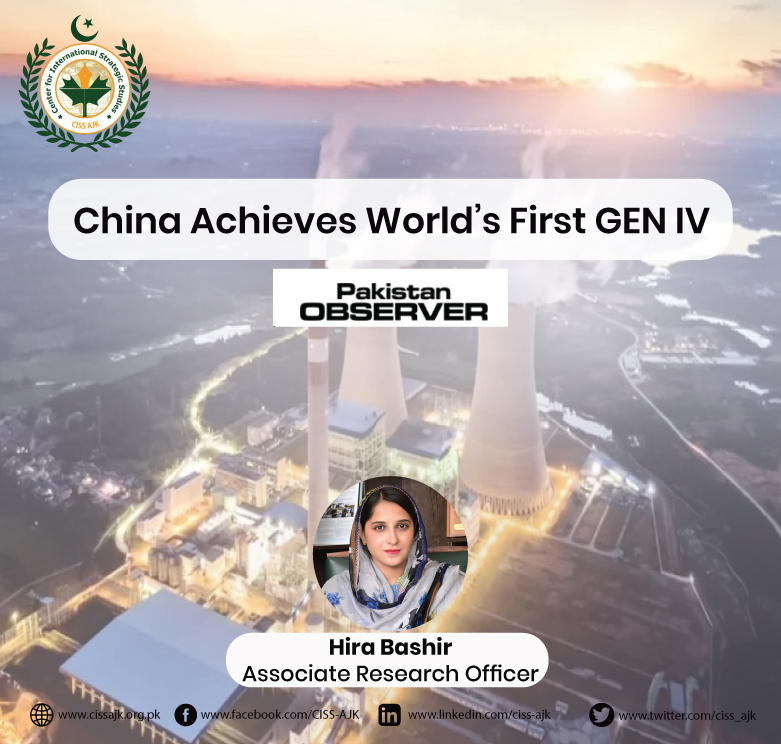592
THE world’s first Generation IV nuclear power plant, Huaneng Shandong Shidao Nuclear Power Plant in eastern China’s Shandong Province has come into operation and is running well, according to officials at the plant. The country became the first in the world to put the latest generation of nuclear power technology into use. According to Francois Morin, China Director of the World Nuclear Association, the new reactors put China “ahead of other countries in terms of nuclear technology research and development because western countries aren’t expected to start bringing their own fourth-generation nuclear plants operationalized until the early 2030s”.
Construction of the power plant began in 2012. It was connected to the grid in 2021 and went into commercial operation in December, 2023. It is expected to contribute to the region’s electricity supply, as it has the capacity to generate sufficient power for over 200,000 homes.
The power plant has drawn global attention as it adopts High Temperature Gas-Cooled Reactor-Pebble-bed Module (HTR-PM), which has ability to avoid reactors from a meltdown or leak of radioactive material during the extreme conditions or disasters.
The Generation IV International Forum (GIF) established in 2000, by the US Department of Energy and formally chartered in mid-2001. It is an international collective representing the governments of 13 countries committed to joint development of the next generation of nuclear technology. The focus is on four key pillars: sustainability, economics, safety and proliferation resistance.
Safety is a supreme focus for Generation IV reactors. These safety measures include passive systems that allow the reactor to naturally shut down if needed, without requiring operator intervention and to stop the radioactive material from leakage. These reactors have another important feature incorporated which is a negative coolant coefficient, allowing automatic shutdown if coolant temperature rises. In terms of sustainability, the goal is to reuse and recycle waste fuel. By efficiently repurposing this recycled fuel in new reactor designs would extend nuclear energy lifespan for centuries. This approach reduces the need for constantly mining new uranium, slowing down resource depletion compared to previous generations. On the economic front, Generation IV reactors focus on cost efficiency.
Mitigating concerns about nuclear proliferation is an important aspect in the global shift to sustainable energy. By keeping uranium and plutonium mixed in the spent fuel of Generation IV reactors, the process of extracting plutonium becomes more challenging for using this material in the development of nuclear weapons.
Since 1986, China has played a pivotal role in advancing Pakistan’s nuclear technology facilitating the construction of nuclear power plants. Chashma Nuclear Power Plant-1 (C-1), C-2, C-3 and C-4 were developed with China’s support. Currently, China is helping Pakistan build a new and large 1,200-megawatt nuclear reactor.
Considering the advancements in Generation IV nuclear reactor technology, Pakistan should explore collaboration with China to acquire and implement this technology. This would not only enhance safety in its nuclear power infrastructure but also address sustainability concerns and meet Pakistan’s power needs more effectively.
—The writer is an Associate Research officer at CISS AJK working on nuclear politics.
Email: hirakhan5090@gmail.com
views expressed are writer’s own.



